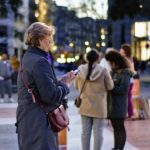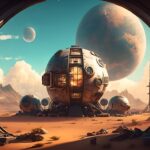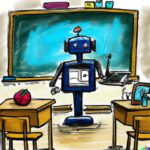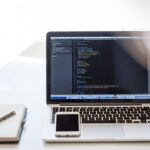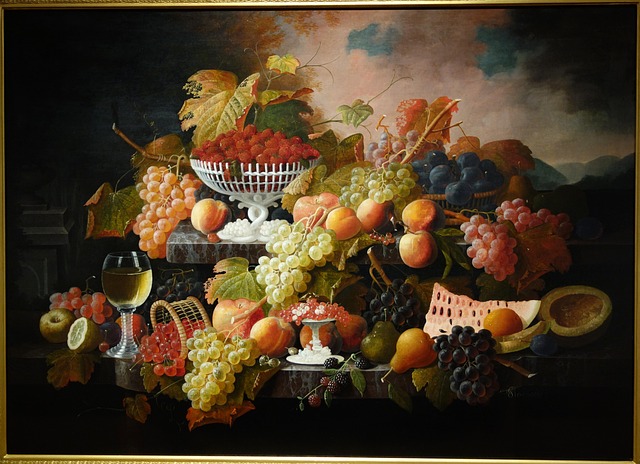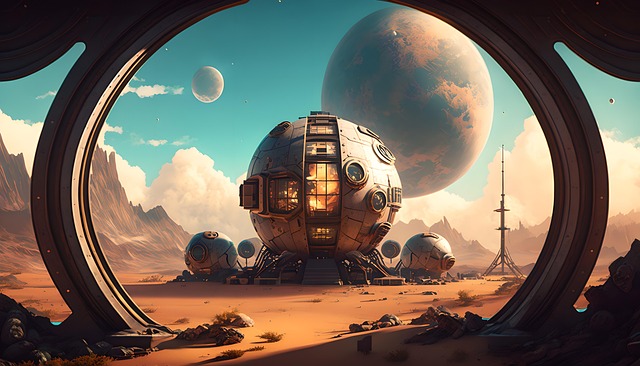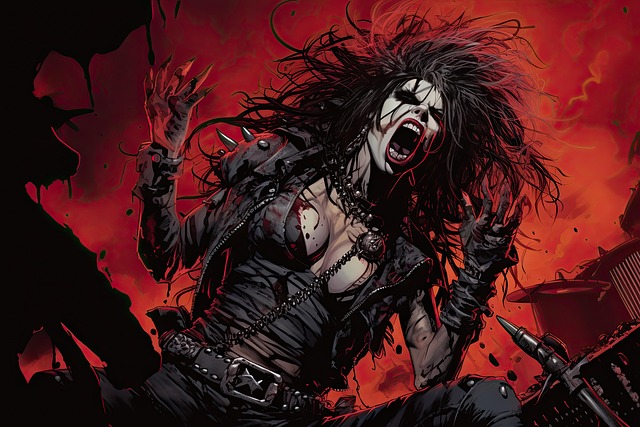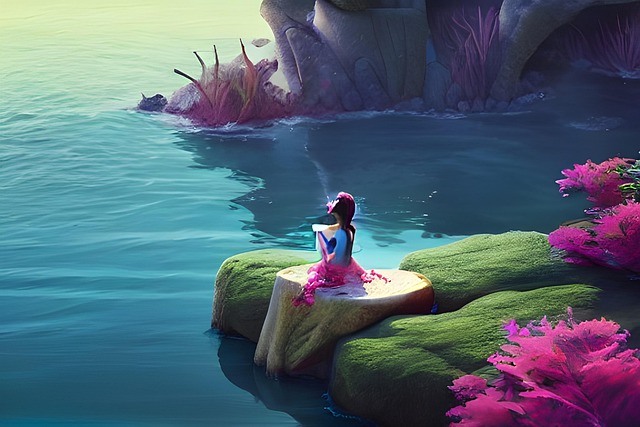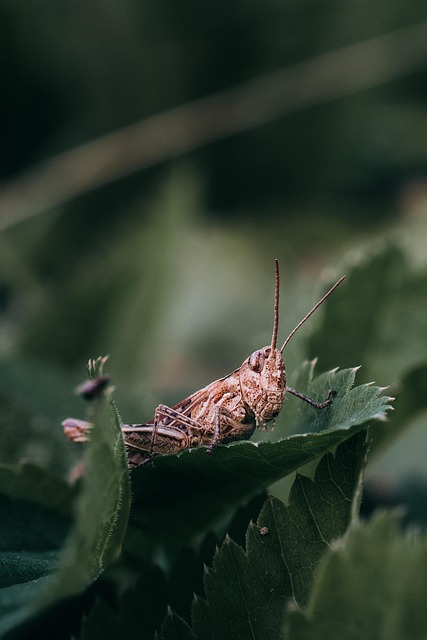Section 1: The Rise of Artificial Intelligence in the Art World
Artificial intelligence (AI) has become a buzzword in recent years, with advancements in technology and machine learning changing the way we live and work. But what about its impact on the art world? Can machines truly create art? The intersection of art and AI is a complex and fascinating topic that is gaining more attention in the art community. In this article, we will explore the rise of AI in the art world and its implications for the future.
AI has been used in various industries, such as healthcare, finance, and transportation, but its use in the arts is relatively new. In 2018, a painting created by AI sold for a staggering $432,500 at Christie’s auction house, sparking a debate about the role of AI in the art world. The painting, titled “Portrait of Edmond de Belamy,” was created by a Paris-based art collective called Obvious, using an algorithm and a dataset of 15,000 portraits. This event marked the first time an AI-generated artwork was sold at a major auction house, making it a significant moment in the history of art.
Section 2: The Role of AI in the Creation of Art
The use of AI in the creation of art has raised questions about the definition of art and the role of the artist. Traditionally, art has been seen as a uniquely human expression, requiring creativity, emotion, and imagination. However, with AI becoming more sophisticated, machines are now able to generate art that is indistinguishable from human-made art. This blurs the line between what is considered “art” and who can be considered an “artist.”
One of the most significant advantages of using AI in art is its ability to create art at a much faster pace than humans. Artists often spend months or even years on a single piece, but AI can produce artwork in a matter of minutes. This speed and efficiency have opened up new possibilities for artists, allowing them to experiment and create in ways that were previously impossible. For example, Google’s DeepDream algorithm can generate psychedelic images that are not only visually stunning but also impossible for humans to create without the use of AI.
Section 3: The Impact of AI on the Art Market
The rise of AI in the art world has also had a significant impact on the art market. The traditional art market is a highly exclusive and subjective space, with a limited number of artists and artworks commanding high prices. However, with AI-generated art, the supply is virtually limitless, and the cost of creating art is significantly reduced. This has led to a democratization of the art world, with more artists and collectors being able to participate in the market.
Moreover, the use of AI in art has also challenged the notion of authenticity. In traditional art, the value of a piece is often tied to its uniqueness and the artist’s name. However, with AI-generated art, there can be multiple copies of the same artwork, making the concept of “originality” and “authenticity” obsolete. This has led to a shift in the way we perceive and value art, with the focus shifting from the artist to the technology used to create the artwork.
Section 4: The Future of AI in the Art World
The use of AI in the art world is still in its early stages, and its full potential is yet to be realized. As technology continues to advance, we can expect to see more sophisticated and complex AI-generated art. Some artists are already using AI as a tool to enhance their creative process, while others are embracing it as a medium for their art. The possibilities are endless, and the intersection of art and AI is constantly evolving.
However, as with any new technology, there are also concerns about the impact of AI on the art world. Some argue that the use of AI in art diminishes the role of the artist and devalues the human experience in creating art. There are also concerns about the ethical implications of using AI, such as the potential for bias in the algorithms used to create art. These are valid concerns that must be addressed as AI continues to play a larger role in the art world.
In conclusion, the intersection of art and artificial intelligence is a complex and thought-provoking topic. The use of AI in the creation of art challenges our traditional notions of art and raises questions about the role of the artist. It has also had a significant impact on the art market, democratizing it and changing the way we perceive and value art. As technology continues to advance, it is clear that AI will play a significant role in the art world, and it is up to us to embrace it responsibly and explore its full potential.

